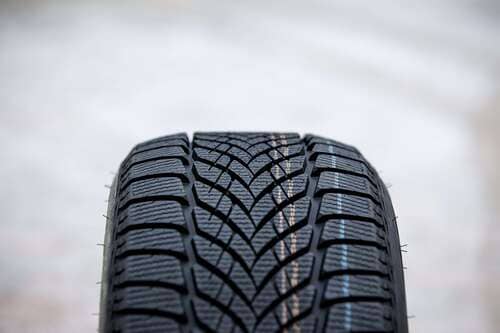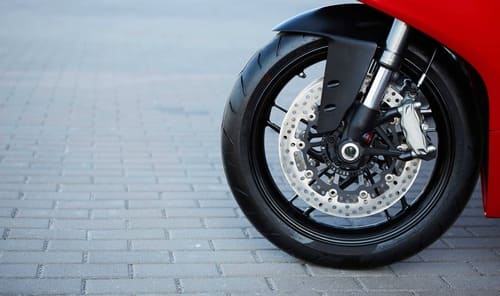
What’s the difference between Radial vs Cross-ply Tyres?
Radial and cross-ply (also called bias-ply) tyres are manufactured with entirely different processes. Their inner design influences the overall efficiency of the tyre. Here we’ll take a closer look at these two kinds of tyres and what makes each of them distinct.
Radial tyres
The radial tyre is now the industry standard, especially for passenger car tyres. This means that most manufacturers now offer radial tyres. Here you can buy cheap car tyres online and find out the price of Michelin tyres. In radial tyres, the sidewall and tread work independently of each other, which means that movements of the sidewall are not transferred to the tread. Displacements of the carcass plies are excluded, and uncontrolled movements of the tyres themselves and therefore slippage on the ground are reduced. A reinforced belt is used in the cord layer, which is located at the front of the tyre. The cords of radial tyres are usually made of steel. Even the first models of radial tyres lasted more than twice as long as cross-ply tyres. In 1961, Continental also followed suit with the development of these types of tyres – with a clearly noticeable, improved design.

Advantages
These design features result in many advantages that are essential in road traffic and for car drivers. In addition to significantly higher mileage, radial tyres have better steering and better grip in wet conditions, and the driving comfort is much higher due to the flexible sidewalls. Radial tyres also generate much less heat than bias-ply tyres and the hard tread is also less sensitive to tyre damage.
Disadvantages
The hard tread can cause a louder rolling noise and the softer sidewall is also more susceptible to potential damage (kerbs etc.).
Cross-ply tyres
Due to the strong flexibility of the tread and therefore better automatic cleaning in mud, cross-ply tyres are still used in the off-road sector, for example, in agriculture. In general, cross-ply tyres adapt better to uneven surfaces. Many racing tyres are also often manufactured as cross-ply tyres. Such tyres do not have much in common with outdated car tyres – here the carcass plies cross each other at a much narrower angle. The carcass consists of several fabric plies. They are laid alternately in two directions. The angle of the plies is variable (from 20 to 40 degrees) and the number of plies depends on the size and use of the tyre.
Advantages
The advantages of cross-ply tyres are not only the higher stability of the vehicle but also the higher resistance against damage to the side walls. As described above, better automatic cleaning on mud/loam surfaces is also considered to be a significant advantage.

Cross-ply or radial tyres for motorbikes
Radial and cross-ply tyres are also used for motorbikes. Which tyre design is more suitable for your motorbike depends largely on your preferences and the terrain you are riding on. In radial tyres for motorbikes, fewer layers of material ensure better heat dissipation. In practice, this means increased resistance to high speeds. Radial tyres are less deformed by centrifugal force and have greater cornering stability. Due to their lower weight, they also have lower rolling resistance. All in all, radial tyres offer high performance for fast rides. Therefore, they may be a better choice for owners of fast and off-road motorbikes. Cross-ply tyres for motorbikes offer above all better resistance to mechanical damage. They also cushion bumps in the road much better. Bias-ply tyres are therefore primarily intended for enduro, cross-country, and off-road riders. These tyres can deform more during dynamic driving and are not recommended for speeds above 100 km/h. However, this is not the limit. The fastest cross-ply tyres have speed class V for speeds up to 240 km/h.
Tyre maintenance
Since your tyres are one of the most important parts of your vehicle it is important to know how to extend your tyres service life. If you want to keep a close eye on your tyre pressure, you may wish to invest in a digital or analogue tyre pressure gauge for car. Of course, this can also be checked during regular service intervals, but you may want to check the tyre pressure yourself before long journeys just for your peace of mind.
TOP products on the subject:






